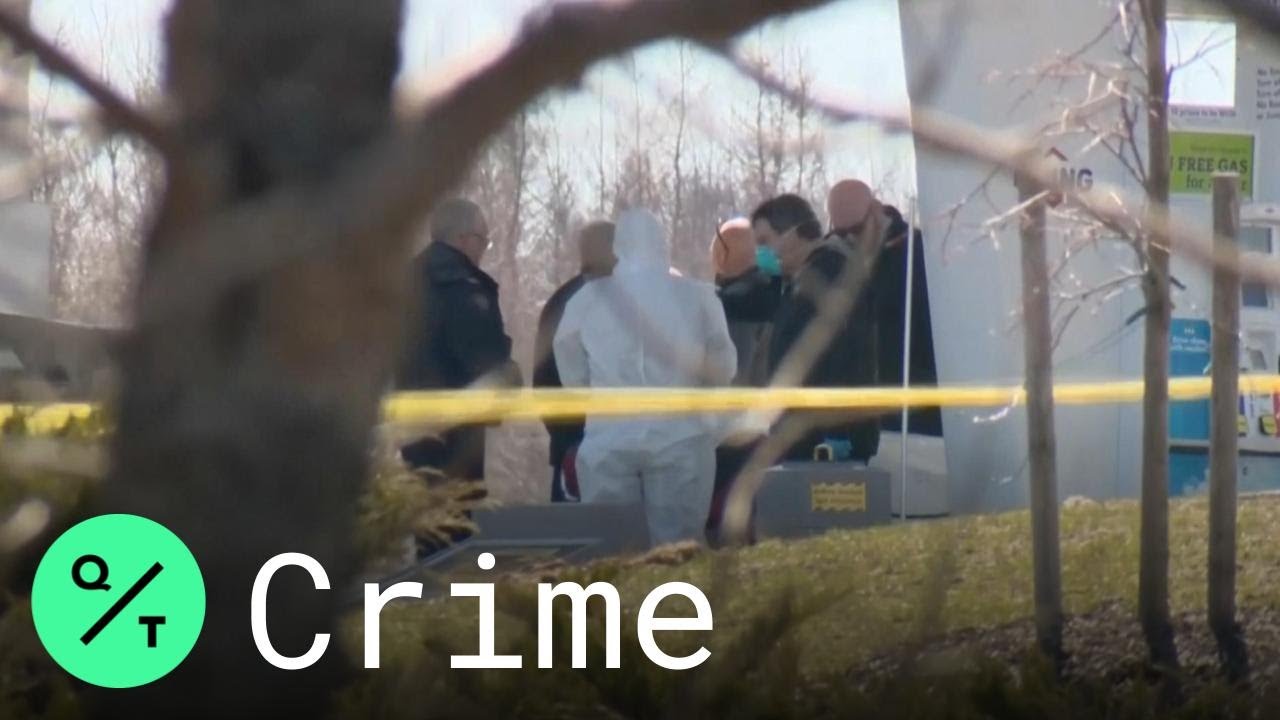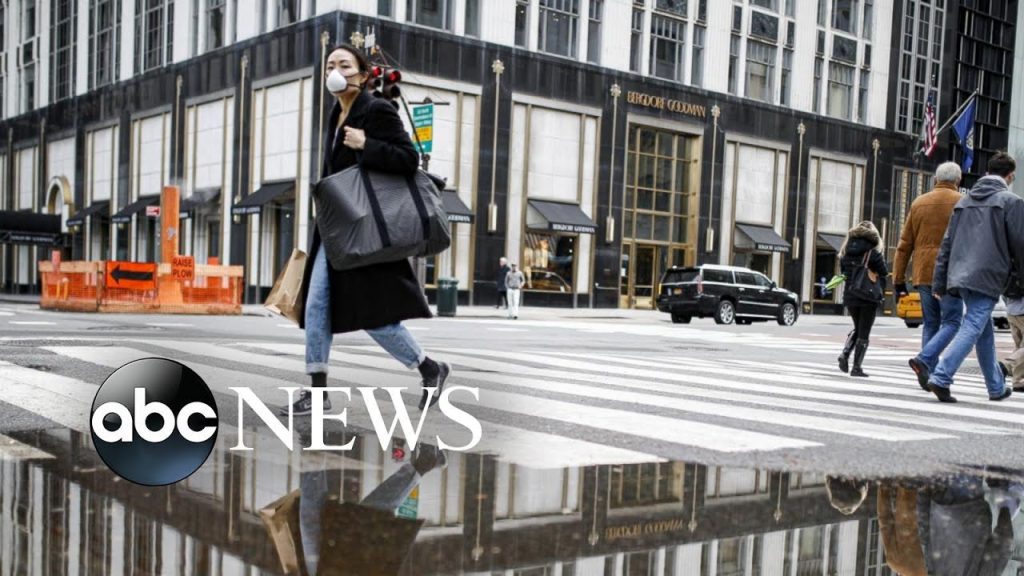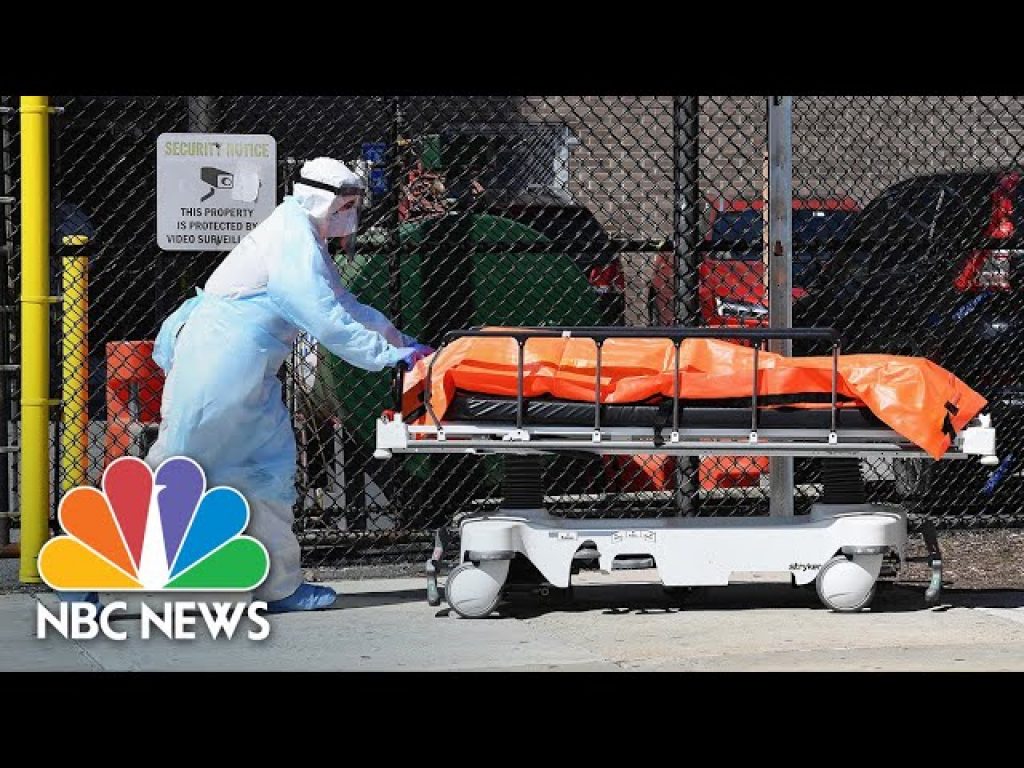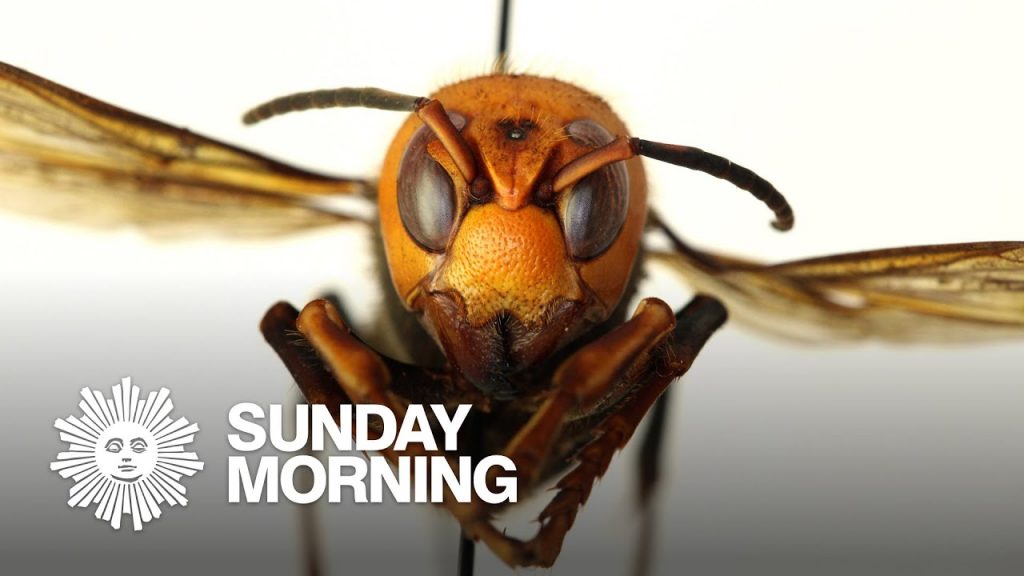Canada’s Deadliest Mass Shooting in Nova Scotia

A gunman disguised as a police officer shot people in their homes in the Canadian province of Nova Scotia that killed 16 people, the deadliest such attack in the country’s history.
Officials said the suspected shooter was also dead.
A police officer was among those killed. Several bodies were found inside and outside one home in the small, rural town of Portapique, about 60 miles north of Halifax — what police called the first scene. Bodies were also found at other locations. Authorities believe the shooter may have targeted his first victims but then began attacking randomly.
Overnight, police began advising residents of the town — already on lockdown because of the coronavirus pandemic — to lock their doors and stay in their basements. Several homes in the area were set on fire as well.
Police identified the man believed to be the shooter as Gabriel Wortman, 51. Authorities said he wore a police uniform at one point and made his car look like a Royal Canadian Mounted Police cruiser.
“This is one of the most senseless acts of violence in our province’s history,” said Nova Scotia Premier Stephen McNeil.
RCMP spokesman Daniel Brien confirmed that 16 people had been killed in addition to the suspect. The dead officer was identified as Constable Heidi Stevenson, a mother of two and a 23-year veteran of the force. Another officer was also injured.
Mass shootings are relatively rare in Canada. The country overhauled its gun-control laws after gunman Marc Lepine killed 14 women and himself at Montreal’s Ecole Polytechnique college in 1989. Before this weekend’s rampage, that had been the country’s worst.
It is now illegal to possess an unregistered handgun or any kind of rapid-fire weapon in Canada. The country also requires training, a personal risk assessment, two references, spousal notification and criminal record checks to purchase a weapon.
“As a country, in moments like these, we come together to support one another. Together we will mourn with the families of the victims, and help them get through this difficult time,” Prime Minister Justin Trudeau said in a written news release.
While they believe the attack did not begin as random, police did not say what the initial motive was. RCMP Chief Superintendent Chris Leather said many of the victims did not know the shooter.
“That fact that this individual had a uniform and a police car at his disposal certainly speaks to it not being a random act,” Leather said. He added that police believe he acted alone
Leather said they would investigate whether the attack had anything to do with the coronavirus pandemic but no link has been found thus far.
What are Canada’s current gun control laws and how do they compare to other countries?
On April 18, 2020, Canada experienced its deadliest mass shooting in history, leaving 22 people dead and three injured. The shooting occurred in the province of Nova Scotia, which is located on the country’s east coast. The tragedy has left the nation in shock and mourning, as it grapples with the devastating loss of life and the trauma experienced by the survivors and the victims’ families.
The shooting began when a gunman, who has since been identified as 51-year-old Gabriel Wortman, began targeting people in the village of Portapique, located about 130 kilometers north of Halifax. The shooting then continued in other locations throughout the province, with Wortman driving a replica RCMP car and wearing a police uniform. He was eventually killed by police officers at a gas station in Enfield, Nova Scotia, the following day.
The perpetrator’s motives for the attacks are still unclear, and it is currently being investigated by the Royal Canadian Mounted Police (RCMP). Wortman, a denturist by profession, was not known to be violent, and no previous criminal record has been found. As the investigation continues, many Canadians are left struggling to understand how and why this could happen in their peaceful country.
The victims of the shooting were men and women of different ages, backgrounds, and professions, including a teacher, a nurse, and two Royal Canadian Mounted Police officers. Many of the victims were acquaintances or friends of the shooter, while others were random targets. The following day, Canadians across the country came together to pay their respects and offer condolences, with flags flown at half-mast and vigils held in many communities.
The Nova Scotia shooting has sparked conversations about gun control laws in Canada, with many people calling for stricter regulations. Although Canada has some of the most stringent gun laws in the world, with mandatory background checks and limits on magazine capacity, the shooting has highlighted the need for stronger measures to prevent tragedies like this from ever happening again.
Additionally, the shooting has also shone a light on the impact of domestic violence in Canada. While the motive for the shooting is still under investigation, it has been reported that the shooter may have had a history of domestic violence. This tragic event serves as a reminder that violence in the home can have deadly consequences for all involved, and that more work must be done to support victims of domestic abuse and prevent further acts of violence.
In conclusion, the Nova Scotia mass shooting has left a deep scar on Canada, with its effects felt across the country. As the investigation continues, Canadians remain committed to offering their support and standing in solidarity with the survivors and the families of the victims. Moving forward, Canadians must come together to seek solutions that will prevent such devastating incidents from happening again and find ways to prevent the devastating impacts of domestic violence, on individuals and society as a whole.









Benjamin Netanyahu may fall short in Israel election l ABC News
Senior U.S. official says missiles fired on Saudi oil plant were launched from Iran
U.S. pays Pfizer, BioNTech $2 bln for vaccines
Quarantined for coronavirus on the Diamond Princess: Part 2
Florida shatters national record for new coronavirus cases